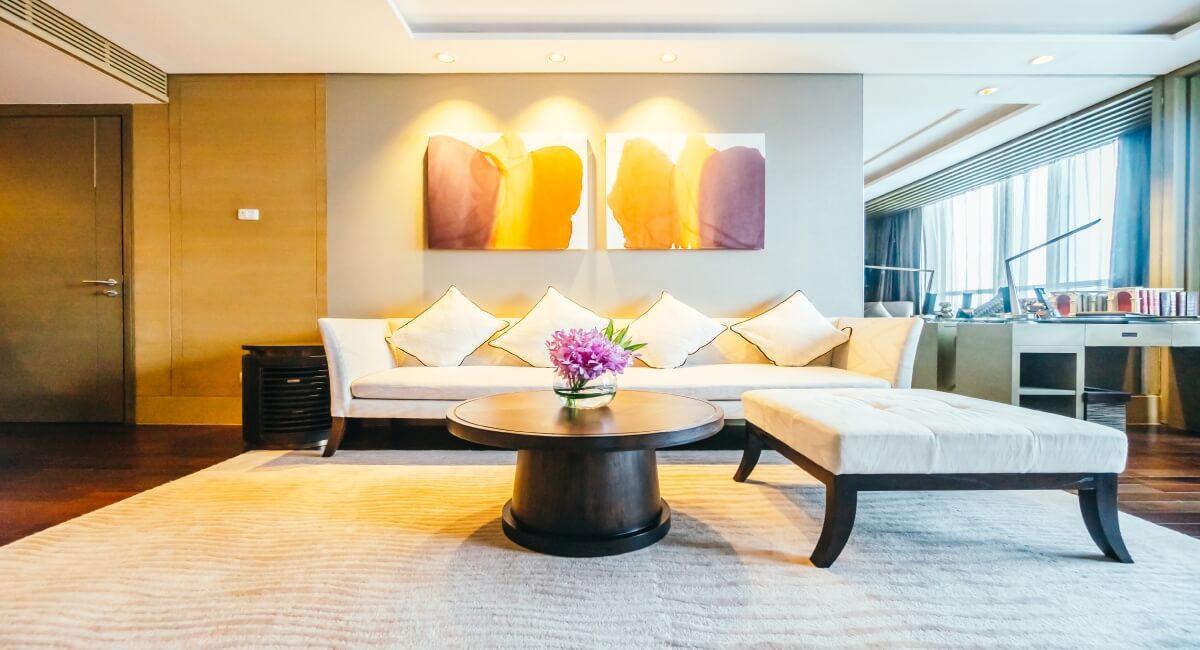Color psychology is the study of how colors affect human behavior and emotions. It is a relatively new field of study that has been gaining popularity in recent years. There are many different theories and approaches to color psychology, but the basic idea is that colors can influence our moods and emotions in various ways.
How Color Affects Mood
Color psychology is the study of how colors impact our moods, emotions, and behaviors. While there is no definitive answer as to how color affects mood, there are some general trends that have been observed. For example, warm colors (such as red, orange, and yellow) tend to create a feeling of excitement or energy, while cool colors (such as blue, green, and purple) tend to have a calming effect. Bright colors can also be stimulating, while muted colors tend to be more relaxing.
Certain colors can also evoke specific emotions. For example, blue is often associated with feelings of peace and tranquility, while green is often associated with nature and relaxation. Yellow can represent happiness and optimism, while black can represent power and sophistication. Ultimately, the way color affects mood is subjective and will vary from person to person. However, understanding these general trends can help you choose colors that will create the desired atmosphere in your home.
Choosing the Right Colors in Interior Design
The colors you choose for your home’s interior spaces can have a big impact on the overall feel of the space. Color psychology is the study of how different colors affect our moods and emotions. Certain colors can make us feel happy, relaxed, or even anxious. When choosing colors for your home’s interior, it’s important to consider the mood you want to create in each space.
For example, if you want to create a feeling of openness and spaciousness in a room, you might choose light, airy colors like white or pale blue. If you want to make a room feel cozy and intimate, you might choose richer, darker colors like deep purple or forest green. And if you want to create a feeling of energy and excitement in a space, you might choose bright, vibrant colors like orange or yellow.
Of course, there are no hard and fast rules when it comes to color selection. Ultimately, it’s up to you to decide what colors make you feel good in your home. But keep in mind that the colors you choose can have a big impact on the overall atmosphere of your space.
Effects of Color on Productivity and Creativity
It has long been known that color can have an impact on mood and emotions. recent studies have shown that color can also affect productivity and creativity. While the effects of color are not always definitive, there are some general trends that can be observed.
For example, blue is often associated with calm and concentration, making it a good choice for work areas. Green is thought to promote balance and harmony, while yellow is believed to stimulate the mind and encourage creativity. Red, on the other hand, is often seen as a stimulating and energizing color, which can be helpful in getting people up and moving but may not be ideal for more creative tasks that require a higher level of focus.
Ultimately, the best way to determine which colors work best for you is to experiment until you find what works best for your specific needs. There is no one-size-fits-all solution when it comes to choosing colors for your space – it’s all about finding what works best for you and your unique goals.
Examples of Different Colors in Interior Design
Different colors can have a profound impact on our moods and emotions. Colors can make us feel happy, relaxed, or even agitated. When choosing colors for your home’s interior design, it’s important to consider the emotional impact they will have on you and your family.
Here are some examples of different colors and their effects on mood:
- Yellow: Yellow is a cheery color that can help to create a warm and inviting atmosphere. It’s perfect for kitchens and living areas where you want to encourage socializing and conversation.
- Blue: Blue is a calming color that can promote relaxation and peace. It’s often used in bedrooms and bathrooms as it helps to create a serene environment.
- Red: Red is an exciting color that energizes and stimulates. It’s perfect for spaces where you want to encourage activity, such as game rooms or home gyms.
- Orange: Orange is a vibrant color that promotes creativity and enthusiasm. It’s great for kids’ rooms or any space where you want to encourage imagination and playfulness.
- Green: Green is a refreshing color that symbolizes growth and nature. It’s perfect for creating an inviting outdoor space or adding some life to an indoor room
Conclusion
We hope that this article has shown you the impact of color psychology in interior design and how it can be used to create a more calming, inviting atmosphere. By incorporating different colors and shades into your home decor, you can evoke certain emotions or feelings throughout your space. Color psychology is an important aspect of interior design that should not be overlooked. With a little bit of thought and imagination, you can transform any room from dull to dynamic with just one coat of paint!
